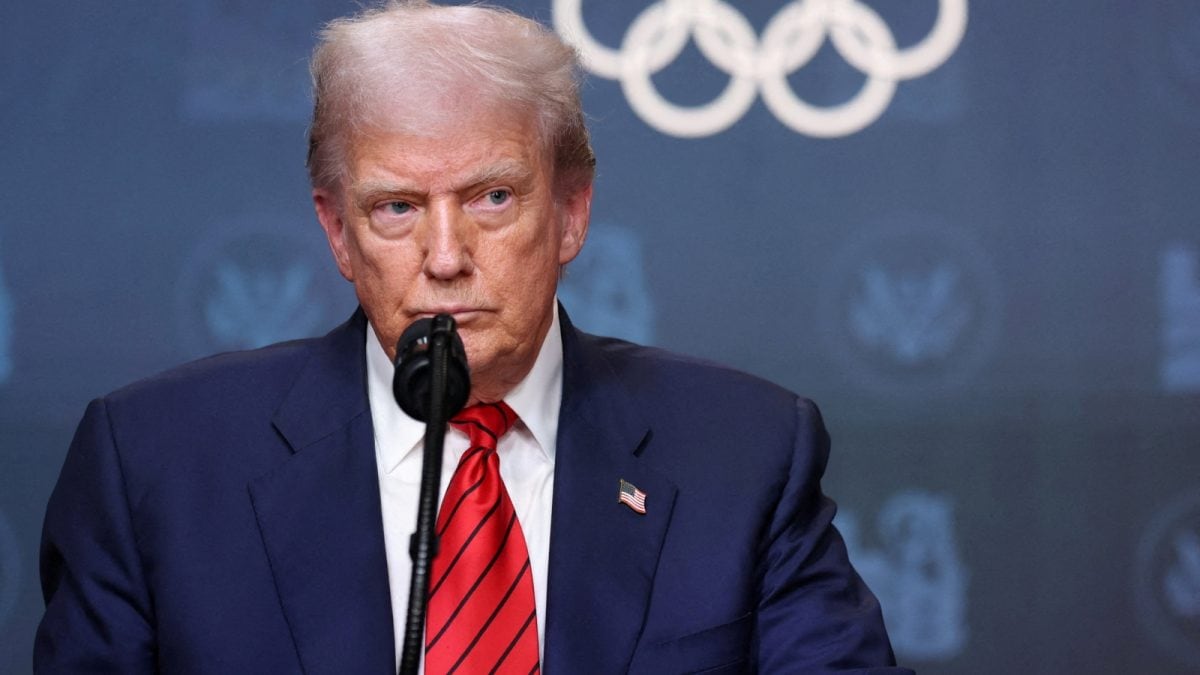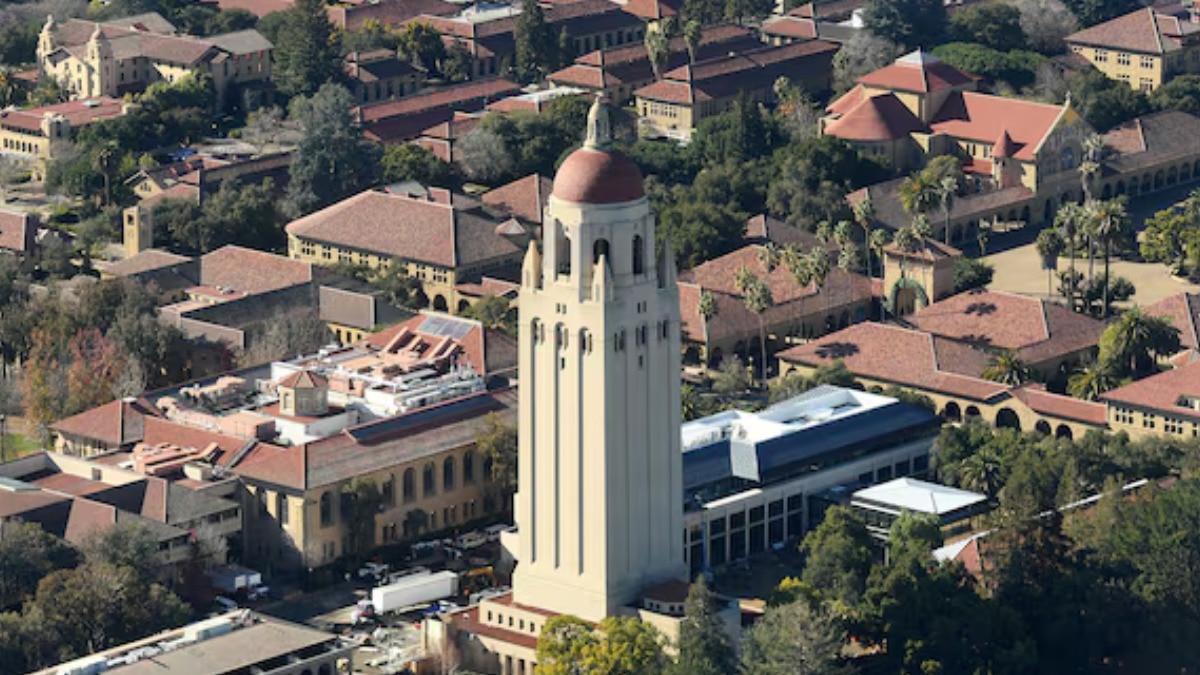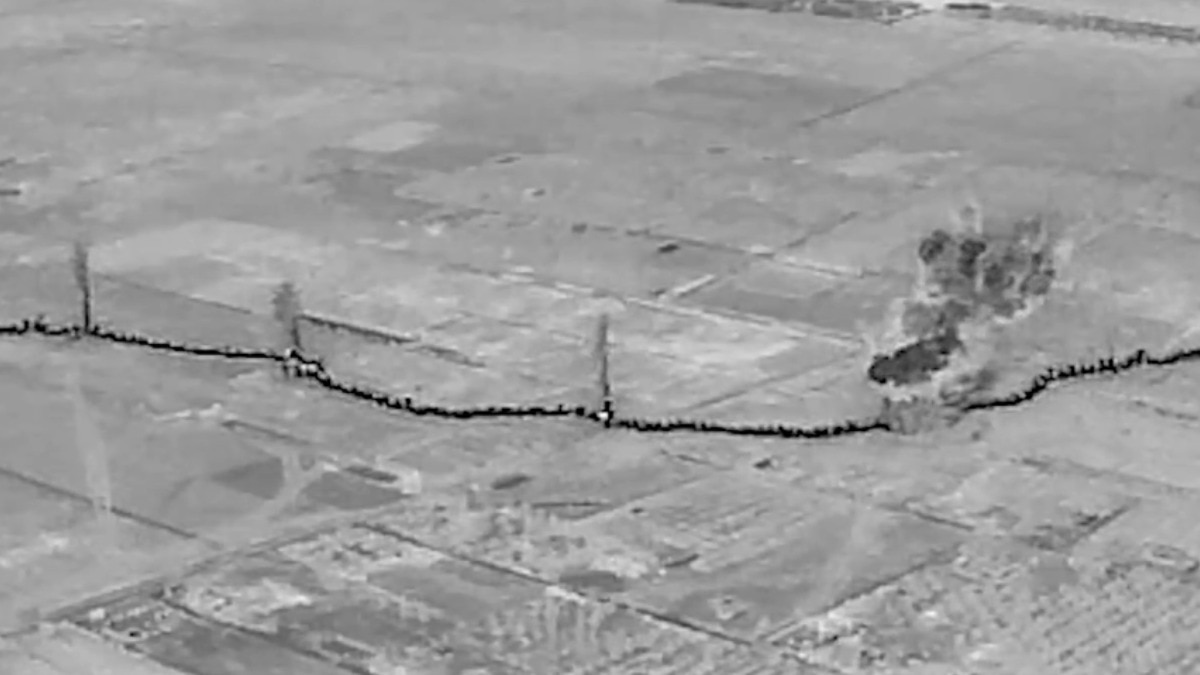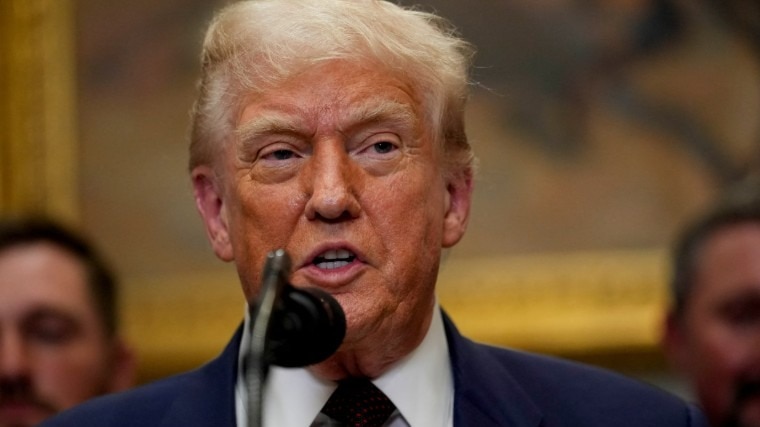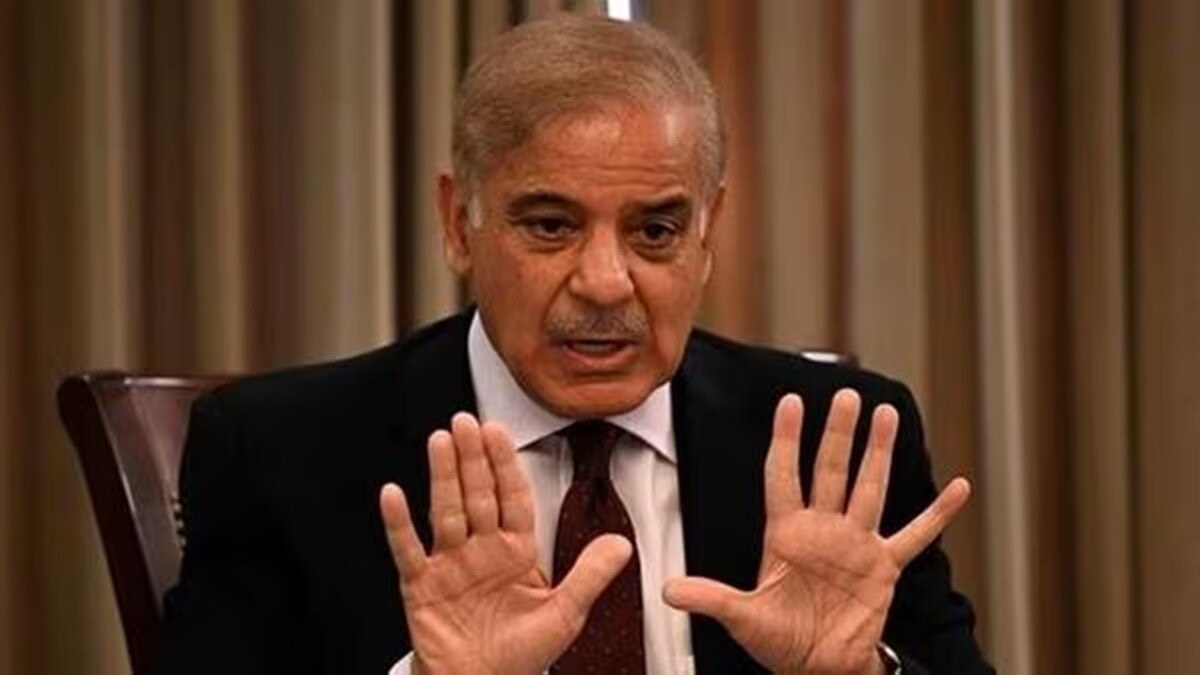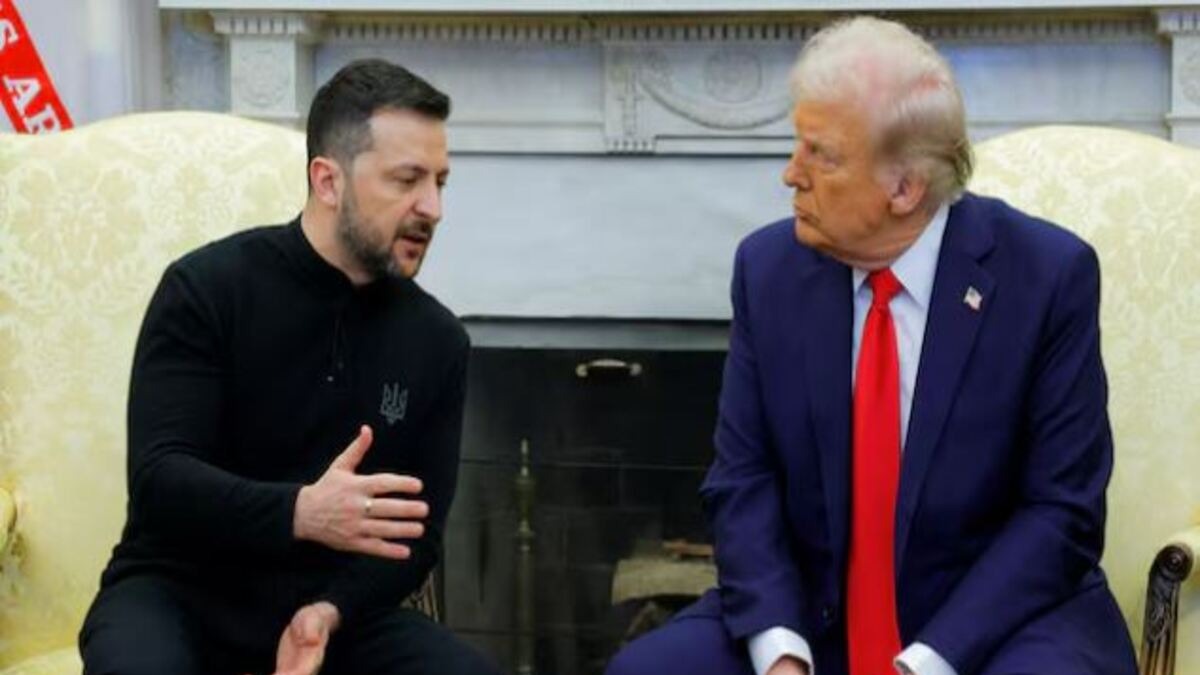Last Updated:August 05, 2025, 11:32 IST
From August 2, 2024, to date, at least 637 individuals, including 41 police officers, were lynched in acts of vigilante justice as Yunus presented a reformist face to the world.

Among the 637 deaths, a staggering 182 people were burnt in the Gaji Tyres area of Rupganj in Narayanganj on August 25 last year.
On August 5, 2024 — exactly a year ago — the streets of Dhaka witnessed a chaotic scene as Bangladesh navigated a tumultuous period. There were traffic snarls, blockades, high-decibel honkings, student volunteers taking over the streets, and scattered remains of human bodies punished for their affiliation with Sheikh Hasina’s Awami League. Eyewitnesses recounted that some people were so brutally attacked that their faces were indistinguishable. Hasina managed to escape to Hindon Airbase in Ghaziabad, near New Delhi, leaving Bangladesh in disarray, soon to be taken over by Nobel Laureate Md Yunus.
Despite Yunus’s international image as an inclusive liberal change-maker, attacks on Hindus continued unabated, and their places of worship were desecrated in Bangladesh with impunity. This article, however, is not focused on the minorities of Bangladesh.
The political transition following the August 2024 uprising, which forced then Prime Minister Sheikh Hasina from office after 15 years in power, has seen a disturbing escalation in mob violence in Bangladesh. From August 2, 2024, to date, at least 637 individuals, including 41 police officers, were lynched in acts of vigilante justice as Muhammad Yunus presented a reformist face to the world. This number is likely to rise, as the data collected is up to July 2025. It marks one of the deadliest waves of extrajudicial killings in Bangladesh’s recent history.
This does not absolve Hasina’s rule or make her an ideal administrator. To put things into perspective, there were 51 deaths due to mob lynching recorded in the entire 2023, as opposed to 637 in the following year, marking an increase of more than 12 times.
At The Zabeer Jashore Hotel in Jashore, 24 people were burnt to death on August 4 last year — a day before Hasina fled for her life. Among the 637 deaths, a staggering 182 people were burnt in the Gaji Tyres area of Rupganj in Narayanganj on August 25 last year, when the sense of retribution was still high.
Canada’s Global Centre for Democratic Governance painstakingly created a list of 637 victims and shared it with News18 in India, indicating a breakdown in law and order. “With police forces overstretched, court systems paralysed, and local leaders either targeted or in hiding, citizens increasingly took justice into their own hands. Public spaces, once protected by law, have become flashpoints for mob killings, often triggered by nothing more than suspicion, rumour, or political resentment," said GCDG to News18.


Local human rights organisations reported that over 70 per cent of lynching victims since August 2024 had ties to the former ruling Bangladesh Awami League or its affiliated student and labour wings.
Minorities — Hindus and Ahmadiyas — were also common targets of mob lynchings. One of the most horrific incidents involved the public lynching of Lal Chand Sohag, a Hindu social worker, outside Mitford Hospital on July 9 this year. His death was, believe it or not, live-streamed across platforms.
In the age of smartphones, rumours travel faster than facts. Misinformation and inflammatory content have played key roles in mobilising mobs within minutes. In a case in Chattogram, a Facebook post falsely claiming that a local Hindu man had desecrated the Quran led to a mob attack that left two dead and several homes burned. The post was proven false hours later.
A recent survey by the South Asian Network on Economic Modelling (SANEM) found that 71 per cent of Bangladeshi youth believe that mob violence is now a way of public life, while 47 per cent fear becoming a target of politically motivated attacks.
In Bangladesh, the last year has brought significant changes. Beyond the statistics and hashtags, Bangladesh is a living reality that not just its minorities have to come to terms with. Many Islamic believers, whose past political affiliations now pose a life threat, have slowly accepted this new reality.
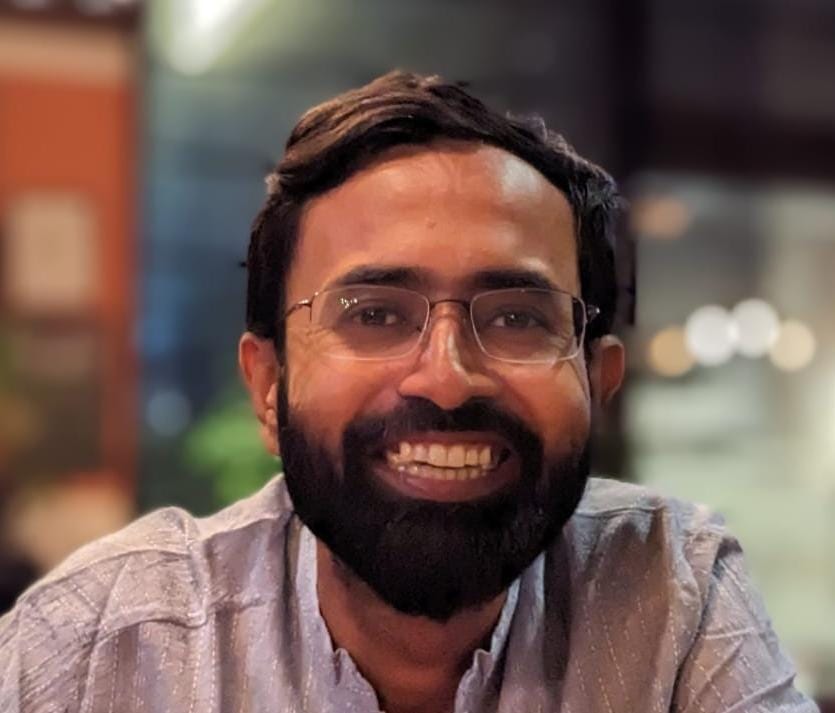
Anindya Banerjee, Associate Editor brings over fifteen years of journalistic courage to the forefront. With a keen focus on politics and policy, Anindya has garnered a wealth of experience, with deep throat in ...Read More
Anindya Banerjee, Associate Editor brings over fifteen years of journalistic courage to the forefront. With a keen focus on politics and policy, Anindya has garnered a wealth of experience, with deep throat in ...
Read More
August 05, 2025, 11:20 IST
News world Housewife, Cops, Politician, Minor: 637 People Lynched In Bangladesh In A Year | Exclusive
Disclaimer: Comments reflect users’ views, not News18’s. Please keep discussions respectful and constructive. Abusive, defamatory, or illegal comments will be removed. News18 may disable any comment at its discretion. By posting, you agree to our Terms of Use and Privacy Policy.
Read More

 20 hours ago
20 hours ago
